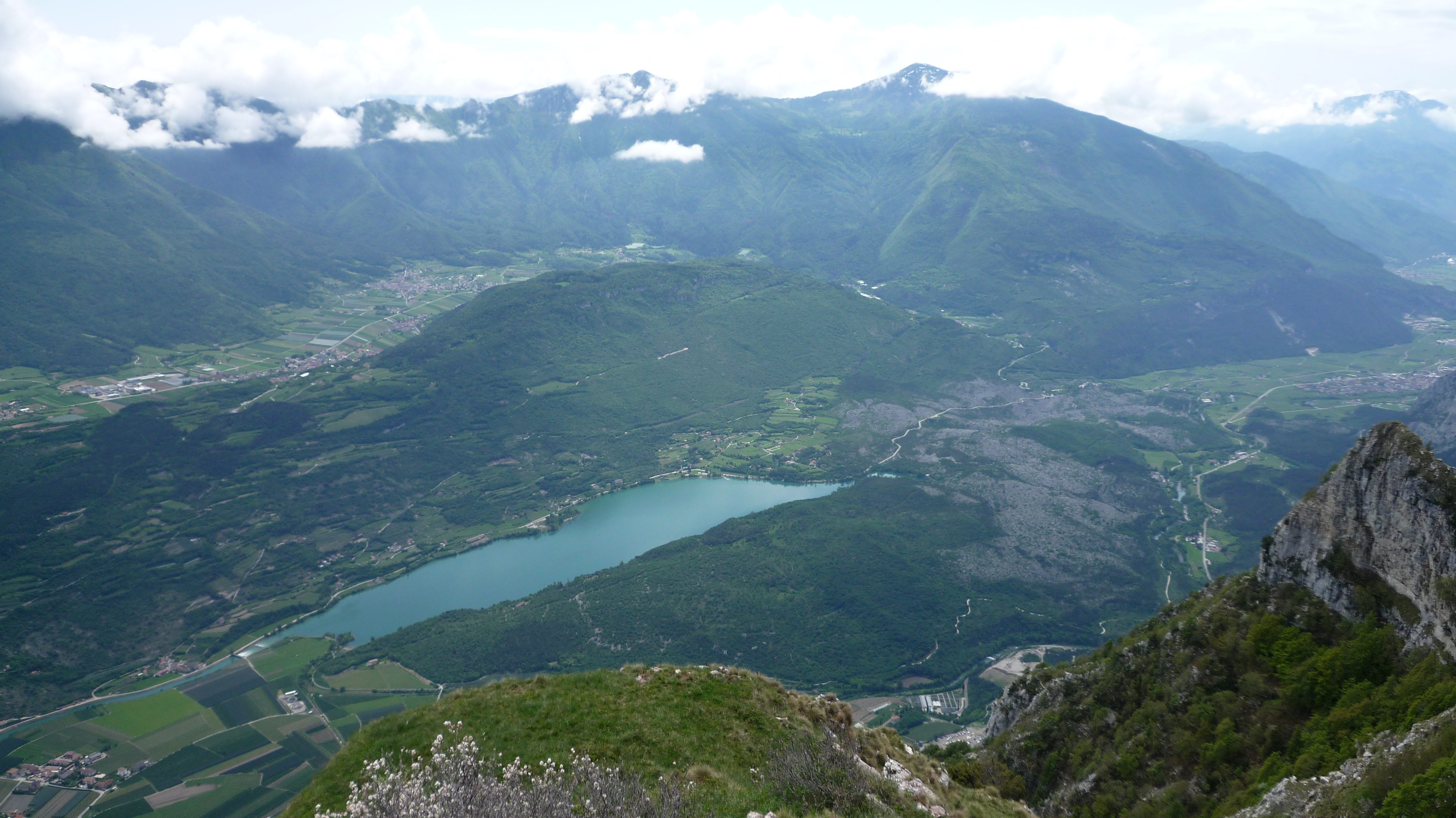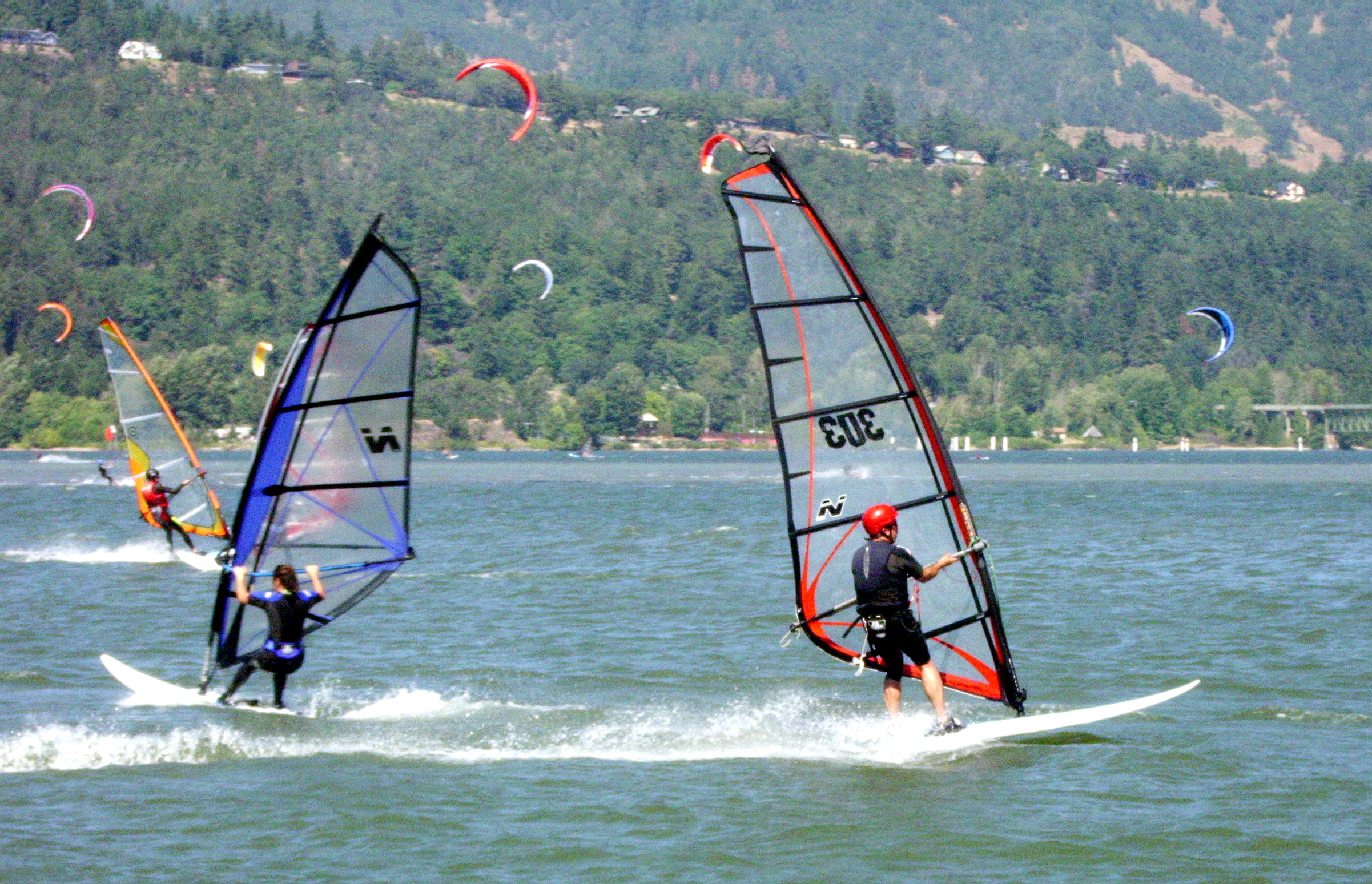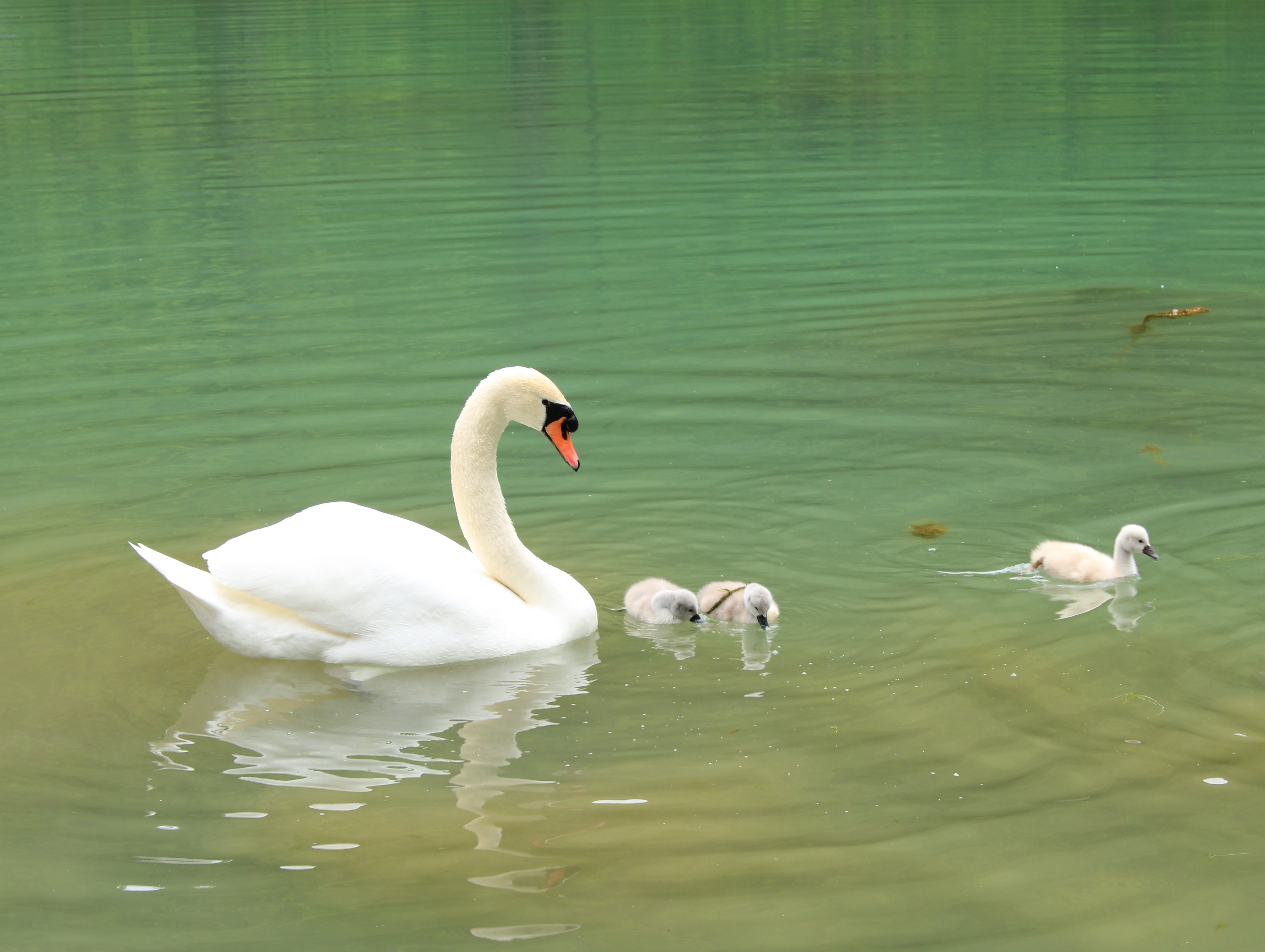|
Lake Cavedine
The Lago di Cavedine is a lake located in the Valle dei Laghi, in the Province of Trento. The basin is part of the lake system that feeds the hydroelectric plant of Torbole. The lake's surface lies almost entirely within the municipality of Cavedine, except for some stretches of the western shore and the southwestern extension, which are in the municipality of Dro, Trentino, Dro. History The lake was formed by a dam in the 1st century AD, following a landslide detached from the and , which heavily altered the Sarca plain, creating, among other things, the . The lake has an artificial inflow, the Rimone, which connects it to the basins of Lago di Toblino, Toblino and Environment The lake's waters are clear and do not freeze; within it, various fish species are found, including burbot, Common carp, carp, chub, Coregonus, whitefish, Northern pike, pike, European perch, perch, nase, rudd, tench, and Brown trout, lake trout. Among the avifauna frequenting the lake, notable speci ... [...More Info...] [...Related Items...] OR: [Wikipedia] [Google] [Baidu] |
Cavedine
Cavedine (''Cavéden'' or ''Cavédem'' in local dialect) is a ''comune'' (municipality) in Trentino in the northern Italian region Trentino-Alto Adige/Südtirol, located about southwest of Trento. As of 31 December 2004, it had a population of 2,799 and an area of .All demographics and other statistics: Italian statistical institute Istat. The municipality of Cavedine contains the ''frazioni'' (subdivisions, mainly villages and hamlets) Brusino, Cavedine, Stravino, Vigo Cavedine and Lago di Cavedine. Cavedine borders the following municipalities: Trento, Lasino, Dro, Cimone, Villa Lagarina Villa Lagarina is a ''Communes of Trentino, comune'' (municipality) in Trentino, northern Italy, located about southwest of Trento. Villa Lagarina borders the following municipalities: Cavedine, Cimone, Arco, Trentino, Arco, Drena, Pomarolo, Ro ... and Drena. Demographic evolution Colors= id:lightgrey value:gray(0.9) id:darkgrey value:gray(0.8) id:sfondo value:rgb(1,1,1) id ... [...More Info...] [...Related Items...] OR: [Wikipedia] [Google] [Baidu] |
European Perch
The European perch (''Perca fluviatilis''), also known as the common perch, redfin perch, big-scaled redfin, English perch, Euro perch, Eurasian perch, Eurasian river perch, Hatch, poor man's rockfish or in Anglophone parts of Europe, simply the perch, is a predatory freshwater fish native to Europe and North Asia. It is the type species of the genus '' Perca''. The perch is a popular game fish for recreational anglers, and has been widely introduced beyond its native Eurasian habitats into Australia, New Zealand and South Africa. Known locally simply as "redfin", they have caused substantial damage to native fish populations in Australia and have been proclaimed a noxious species in New South Wales. Taxonomy The first scientific description of the river perch was made by Peter Artedi in 1730. He defined the basic morphological signs of this species after studying perch from Swedish lakes. Artedi described its features, counting the fin rays scales and vertebrae of the typ ... [...More Info...] [...Related Items...] OR: [Wikipedia] [Google] [Baidu] |
Sailing
Sailing employs the wind—acting on sails, wingsails or kites—to propel a craft on the surface of the ''water'' (sailing ship, sailboat, raft, Windsurfing, windsurfer, or Kitesurfing, kitesurfer), on ''ice'' (iceboat) or on ''land'' (Land sailing, land yacht) over a chosen Course (navigation), course, which is often part of a larger plan of navigation. From prehistory until the second half of the 19th century, sailing craft were the primary means of maritime trade and transportation; exploration across the seas and oceans was reliant on sail for anything other than the shortest distances. Naval power in this period used sail to varying degrees depending on the current technology, culminating in the gun-armed sailing warships of the Age of Sail. Sail was slowly replaced by steam as the method of propulsion for ships over the latter part of the 19th century – seeing a gradual improvement in the technology of steam through a number of developmental steps. Steam allowed schedul ... [...More Info...] [...Related Items...] OR: [Wikipedia] [Google] [Baidu] |
Kayaking
Kayaking is the use of a kayak for moving over water. It is distinguished from canoeing by the sitting position of the paddler and the number of blades on the paddle. A kayak is a low-to-the-water, canoe-like boat in which the paddler sits facing forward, legs in front, using a double-bladed paddle to pull front-to-back on one side and then the other in rotation. Most kayaks have closed decks, although sit-on-top and inflatable kayaks are growing in popularity as well. History Kayaks were created thousands of years ago by Inuit of the northern Arctic regions. They used driftwood and sometimes the skeleton of whales, to construct the frame of the kayak, and animal skin, particularly seal skin was used to create the body. The main purpose for creating the kayak, which literally translates to "hunter's boat" was for hunting and fishing. The kayak's stealth capabilities allowed for the hunter to sneak up behind animals on the shoreline and successfully catch their prey. In the ... [...More Info...] [...Related Items...] OR: [Wikipedia] [Google] [Baidu] |
Windsurfing
Windsurfing is a wind-propelled water sport that is a combination of sailing and surfing. It is also referred to as "sailboarding" and "boardsailing", and emerged in the late 1960s from the Californian aerospace and surf culture. Windsurfing gained a popular following across Europe and North America by the late 1970s and had achieved significant global popularity by the 1980s. Windsurfing became an Olympic sport in 1984. History Newman Darby of Pennsylvania created a rudderless "sailboard" in 1964 that incorporated a pivoting square rigged, "square rigged" or "kite rigged" sail which allowed the rider to steer a rectangular board by tilting the sail forward and back. Darby's design however had notable performance limitations. Unlike the modern windsurfer design, Darby's sailboard was operated "back winded", with the sailor's back to the lee side of a kite-shaped sail. This much less efficient and less desirable sailing position is opposite of how a modern windsurfer is operated. ... [...More Info...] [...Related Items...] OR: [Wikipedia] [Google] [Baidu] |
Grey Heron
The grey heron (''Ardea cinerea'') is a long-legged wading bird of the heron family, Ardeidae, native throughout temperate Europe and Asia, and also parts of Africa. It is resident in much of its range, but some populations from the more northern parts migrate southwards in autumn. A bird of wetland areas, it can be seen around lakes, rivers, ponds, marshes and on the sea coast. It feeds mostly on aquatic creatures which it catches after standing stationary beside or in the water, or stalking its prey through the shallows. Standing up to tall, adults weigh from . They have a white head and neck with a broad black stripe that extends from the eye to the black crest. The body and wings are grey above and the underparts are greyish-white, with some black on the flanks. The long, sharply pointed beak is pinkish-yellow and the legs are brown. The birds breed colonially in spring in heronries, usually building their nests high in trees. A clutch of usually three to five bluish-gre ... [...More Info...] [...Related Items...] OR: [Wikipedia] [Google] [Baidu] |
Common Coot
The Eurasian coot (''Fulica atra''), also known as the common coot, or Australian coot, is a member of the rail and crake bird family, the Rallidae. It is found in Europe, Asia, Australia, New Zealand and parts of North Africa. It has a slaty-black body, a glossy black head and a white bill with a white frontal shield. The sexes are similar. Similar looking coot species are found throughout the world, with the largest variety of coot species living in South America. Taxonomy The Eurasian coot was formally described by the Swedish naturalist Carl Linnaeus in 1758 in the tenth edition of his ''Systema Naturae'' under its current binomial name ''Fulica atra''. Linnaeus specified the locality as Europe but this is now restricted to Sweden. The binomial name is from Latin: ''Fulica'' means 'coot', and ''atra'' means 'black'. Four subspecies are recognised: * ''F. a. atra'' Linnaeus, 1758 – Europe and north Africa to Japan, India, southeast Asia, Philippines and Borneo * ''F. a. l ... [...More Info...] [...Related Items...] OR: [Wikipedia] [Google] [Baidu] |
Mallard
The mallard () or wild duck (''Anas platyrhynchos'') is a dabbling duck that breeds throughout the temperate and subtropical Americas, Eurasia, and North Africa. It has been introduced to New Zealand, Australia, Peru, Brazil, Uruguay, Argentina, Chile, Colombia, the Falkland Islands, and South Africa. Belonging to the subfamily Anatinae of the waterfowl family Anatidae, mallards live in wetlands, eat water plants and small animals, and are social animals preferring to congregate in groups or flocks of varying sizes. Males (drakes) have green heads, while the females (hens) have mainly brown-speckled plumage. Both sexes have an area of white-bordered black or iridescent purple or blue feathers called a speculum on their wings; males especially tend to have blue speculum feathers. The mallard is long, of which the body makes up around two-thirds the length. The wingspan is and the bill is long. It is often slightly heavier than most other dabbling ducks, weighing . T ... [...More Info...] [...Related Items...] OR: [Wikipedia] [Google] [Baidu] |
Swan
Swans are birds of the genus ''Cygnus'' within the family Anatidae. The swans' closest relatives include the goose, geese and ducks. Swans are grouped with the closely related geese in the subfamily Anserinae where they form the tribe (biology), tribe Cygnini. Sometimes, they are considered a distinct subfamily, Cygninae. They are the largest Anseriformes, waterfowl and are often among the largest Bird flight, flighted birds in their range. There are six living and many extinct species of swan; in addition, there is a species known as the coscoroba swan which is no longer considered one of the true swans. Swans usually mate for life, although separation sometimes occurs, particularly following nesting failure, and if a mate dies, the remaining swan will take up with another. The number of bird egg, eggs in each :wikt:clutch, clutch ranges from three to eight. Taxonomy and terminology The genus ''Cygnus'' was introduced in 1764 by the French naturalist François Alexandre Pier ... [...More Info...] [...Related Items...] OR: [Wikipedia] [Google] [Baidu] |
Avifauna
Birds are a group of warm-blooded vertebrates constituting the class Aves (), characterised by feathers, toothless beaked jaws, the laying of hard-shelled eggs, a high metabolic rate, a four-chambered heart, and a strong yet lightweight skeleton. Birds live worldwide and range in size from the bee hummingbird to the common ostrich. There are over 11,000 living species and they are split into 44 orders. More than half are passerine or "perching" birds. Birds have wings whose development varies according to species; the only known groups without wings are the extinct moa and elephant birds. Wings, which are modified forelimbs, gave birds the ability to fly, although further evolution has led to the loss of flight in some birds, including ratites, penguins, and diverse endemic island species. The digestive and respiratory systems of birds are also uniquely adapted for flight. Some bird species of aquatic environments, particularly seabirds and some waterbirds, have ... [...More Info...] [...Related Items...] OR: [Wikipedia] [Google] [Baidu] |
Brown Trout
The brown trout (''Salmo trutta'') is a species of salmonid ray-finned fish and the most widely distributed species of the genus ''Salmo'', endemic to most of Europe, West Asia and parts of North Africa, and has been widely introduced globally as a game fish, even becoming one of the world's worst invasive species outside of its native range. Brown trout are highly adaptable and have evolved numerous ecotypes/subspecies. These include three main ecotypes: a riverine ecotype called river trout or ''Salmo trutta'' morpha ''fario''; a lacustrine ecotype or ''S. trutta'' morpha ''lacustris'', also called the lake trout (not to be confused with the lake trout in North America); and anadromous populations known as the sea trout or ''S. trutta'' morpha ''trutta'', which upon adulthood migrate downstream to the oceans for much of its life and only returns to fresh water to spawn in the gravel beds of headstreams. Sea trout in Ireland and Great Britain have many regional names: ... [...More Info...] [...Related Items...] OR: [Wikipedia] [Google] [Baidu] |
Tench
The tench or doctor fish (''Tinca tinca'') is a freshwater, fresh- and brackish water, brackish-water fish of the order Cypriniformes found throughout Eurasia from Western Europe including Great Britain, Britain and Ireland east into Asia as far as the Ob River, Ob and Yenisei Rivers. It is also found in Lake Baikal. It normally inhabits slow-moving freshwater habitats, particularly lakes and lowland rivers.B. Whitton (1982). ''Rivers, Lakes and Marshes'' p 163. Hodder & Staughton, London. Taxonomy The tench was first formally Species description, described in as ''Cyprinus tinca'' by Carl Linnaeus in 1758 in the 10th edition of Systema Naturae with its Type locality (biology), type locality given as "European lakes". In 1764 François Alexandre Pierre de Garsault proposed the new monospecific genus ''Tinca'', with ''Cyprinus tinca'' as the type species by absolute tautonymy. The 5th edition of ''Fishes of the World'' classified ''Tinca'' in the subfamily Tincinae, alongside th ... [...More Info...] [...Related Items...] OR: [Wikipedia] [Google] [Baidu] |









